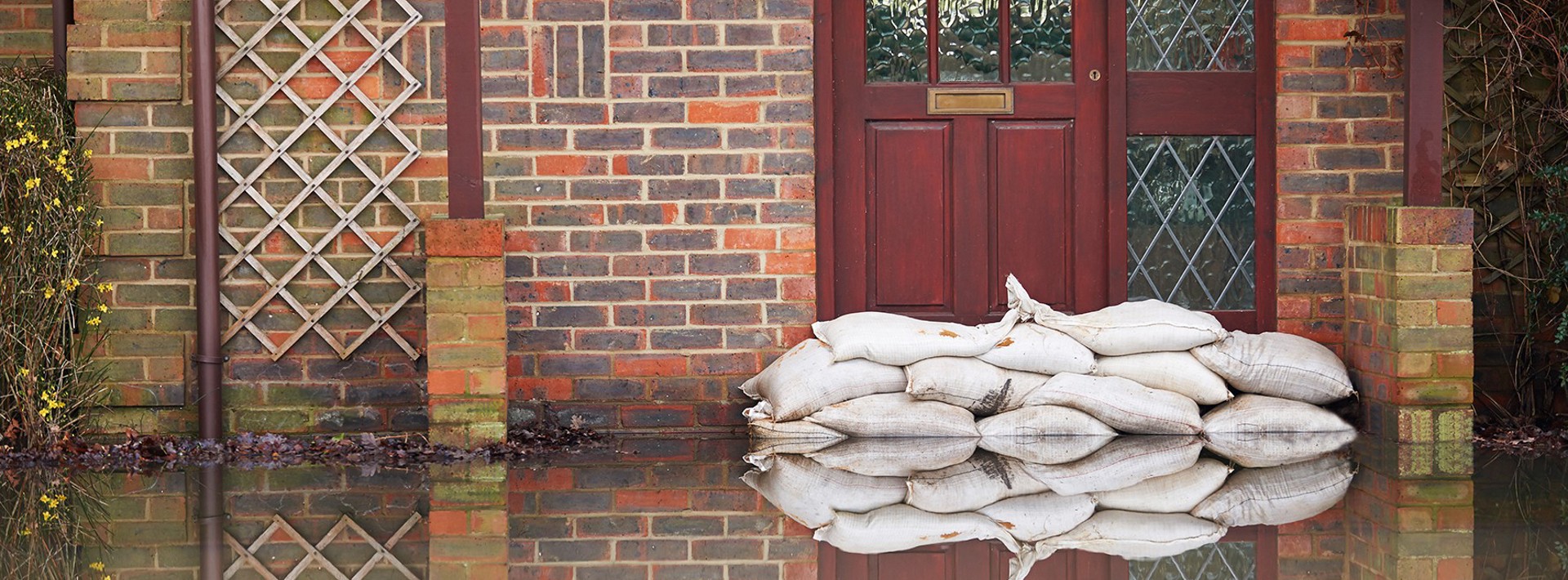Blog
In January 2023, the government announced plans to mandate the use of sustainable urban drainage systems (SuDS) for new developments in England from 2024. This is the enforcement of Schedule 3 of the Flood and Water Management Act of 2010.
This Act is a direct result of the Pitt Report of 2008, following the summer floods of 2007, which caused 13 deaths and damage to over 55,000 commercial and residential properties.
Schedule 3 of the Act, which details the requirements of SuDS systems, has been delayed for over a decade. From April 2015, planning policy required SuDS for developments over 10 homes unless there was clear evidence as to why it would be inappropriate. This has often resulted in traditional drainage designs being favoured, with concerns over the cost and maintenance of SuDS systems; which in many cases are misconceptions, rooted in a lack of wider understanding of these types of approaches.
What are SuDS?
SuDS are drainage systems, which look to manage water runoff in the most natural way possible. Giving a focus on slowing the release of water and improving its quality, while trying to benefit the local wildlife and improve the environment for the local population.
This is in contrast to more traditional drainage systems, which concentrate on the removal of surface water from a development as quickly as possible.
There are a number of different SuDS features and techniques, which can be used on a site to achieve the ultimate goal of creating developments that don’t increase the risk of flooding. Almost as if the greenfield had not been developed on.
These features can include:
● Swales
● Ponds
● Green roofs
● Filter strips
● Soakaways
What will Schedule 3 of the Flood and Water Management Act improve?
With the implementation of Schedule 3, there will be national standards for the design, construction, operation and maintenance of SuDS systems as well as a framework for the approval and adoption of these systems.
The act will place more emphasis on local authorities or county councils to act as approving bodies for SuDS systems.
The challenge to come will be making sure that there is the skill and knowledge to successfully design, construct, inspect, adopt and maintain these systems.
What does Schedule 3 mean for designers, developers and local authorities?
Designers
With the implementation of Schedule 3, designers will now have more of an opportunity to add value to their projects while meeting the planning policies and sustainability legislation. However, it also means that new systems and methods will need to be understood and that local authorities should be more open to adopting and maintaining these features.
Developers
Developers will now need to consider sustainable drainage and consult with the SuDS approval body (SAB) for developments over 100M2 and get their approval before commencing any drainage construction work.
Developers will need to provide means of funding for adoption of these systems such as a commuted sum.
Developers, as part of the application process will pay an application and inspection fee as means of funding the SAB’s operational costs.
Local authorities
Schedule 3 includes a requirement that drainage approval from a SAB must be obtained before any construction work that affects drainage starts. The SAB will decide if the design is suitable. Not only will the SAB approve the design and construction of the drainage but they will also be responsible for adopting the system. They should sit within the Unitary Authority of County Council most likely as part of the Lead Local Flood Authority (LLFA)
Providing the SAB is the unitary authority before approving, they must consult with:
● Any sewerage undertaker with whose public sewer the drainage system is proposed to connect
● The Environment Agency, if the drainage system directly or indirectly involves the discharge of water into a watercourse
● The relevant highway authority for a road, which the approving body thinks, may be affected
● The Canal & River Trust, if the approving body thinks that the drainage system may directly or indirectly involve the discharge of water into or under a waterway managed by them
● An internal drainage board, if the approving body thinks that the drainage system may directly or indirectly involve the discharge of water into an ordinary watercourse (within the meaning of section 72 of the Land Drainage Act 1991) within the board's district
What can Marshalls offer to support with the introduction to this new section of the Flood and Water Management Act?
Schedule 3 will promote the use of source control design. This is effectively dealing with the water where it lands and prevents surface water runoff. This will attempt to design a system that closely mimics that of a field, where rainwater would naturally soak into the ground, hence the term source control.
Permeable pavements provide an excellent solution for a source control design, as the water is designed to drain at the point it lands. There are a number of excellent case studies showing the benefit that permeable paving can give to a scheme as part of a SuDS design. Helping to attenuate water and clean it, all while providing a hard durable surface suitable for regular vehicular traffic.
At Marshalls we have a number of CPD workshops to help increase knowledge around these systems. We can also offer bespoke support from within our Design Team, where we have highly skilled pavement engineers and design technicians who can offer fully structural and hydraulic designs as well as offering support with LLFA around the design methodology, suitability and adoption of the systems.
Case study Martlesham Park and Ride
Simon Curl from Suffolk Council designed a permeable paving system at Martlesham Park & Ride car park back in 2003 using Marshalls products. We returned to see how it’s performing, and Simon shared some of his experiences about dealing with tree roots, underground services and maintenance regimes.










